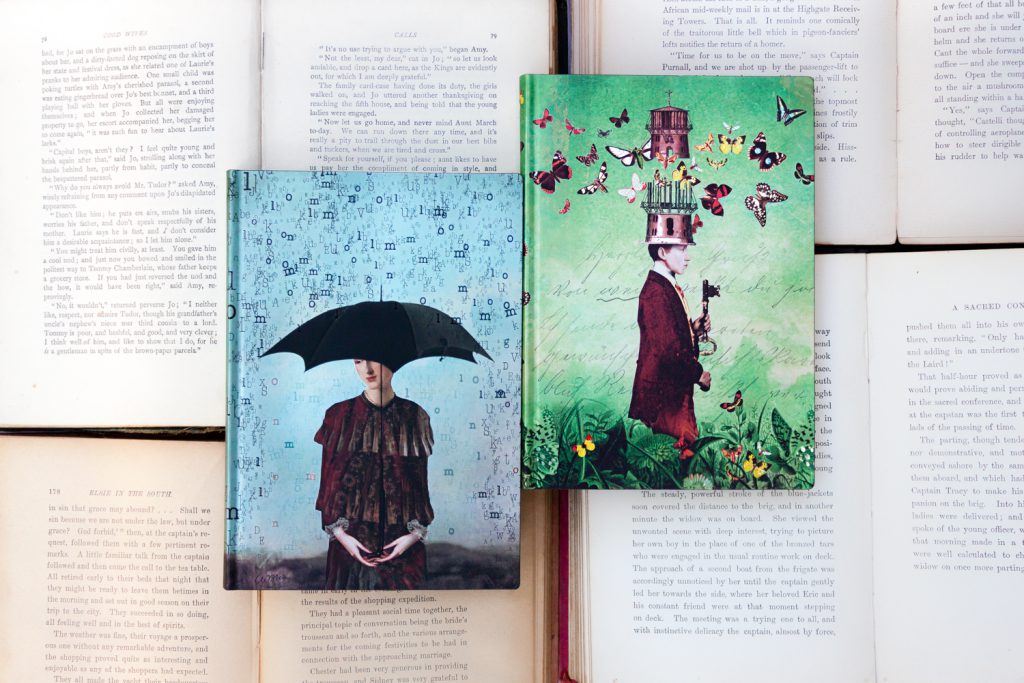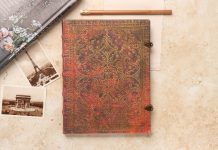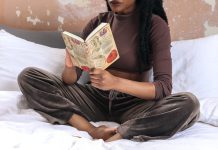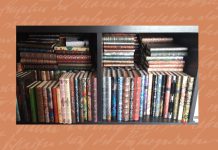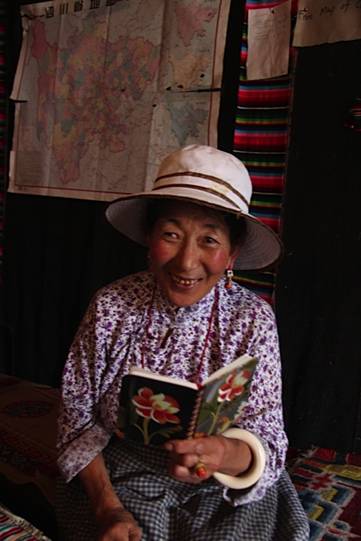This week we had the pleasure of chatting with our Free Your Mind series cover artist, Catrin Welz-Stein. The German artist’s dreamlike digital art creates an ethereal new world for its viewers. We talk to Catrin about her process and the materials she uses as well as her inspiration in creating such unique imagery.
Location: Lörrach, Germany
Education/Formal Education: Study of Graphic Design in Damstadt, Germany
Favourite Quote: “The purpose of art is washing the dust of daily life off our souls“ – Pablo Picasso
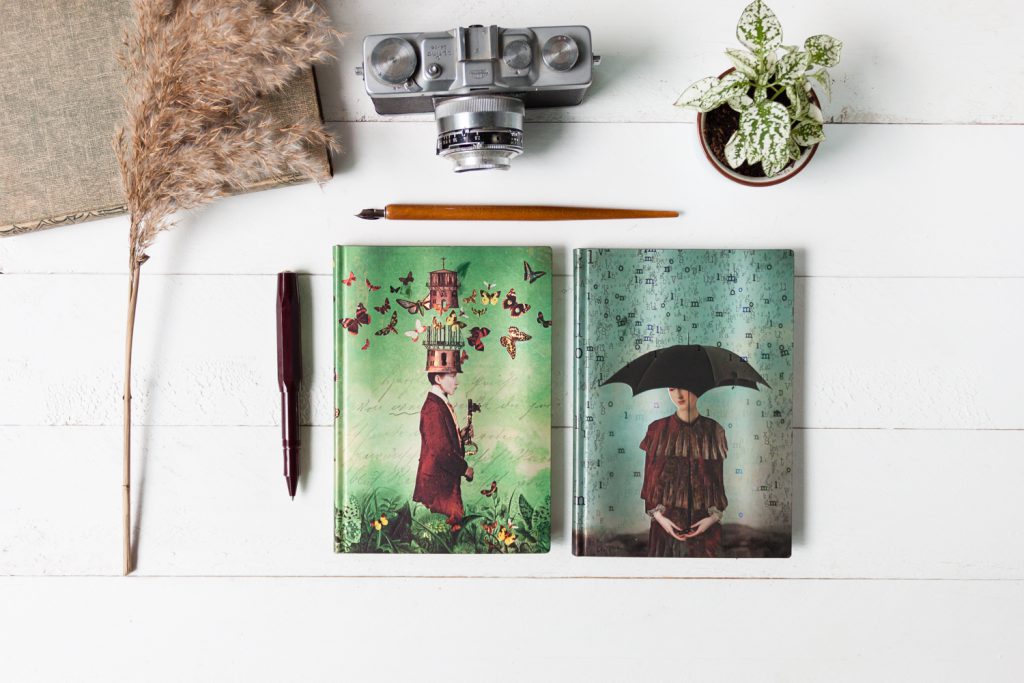
1. We’re so excited to have your artwork on the covers of our latest collection, Free Your Mind. Can you tell us a bit more about these beautifully ethereal images?
My images are all digitally made. I collect old images and illustrations and put them together in a new way Photoshop. The working process is based on combining and dividing public domain photographs, with removing, filling and retouch.
2. When did you first develop a love for art? When did you decide to start creating your own?
Since I was a child I have always had a lot of creative ideas. I loved to draw, to do crafts, to decorate my room and paint the walls in different colors. It was like playing with all kinds of different mediums without getting in too deep into one specialty. It took me until I was an adult to finally find the fulfillment in creating art. Back then I gave up my work as a graphic designer to have more time to raise my two kids. Free from the daily working routine I also was able to get back to my own creativity and to start to make art for myself.
3. As an art lover from a young age, what made you decide on graphic design as your field of study?
I always wanted to work in the field of art. But it was not so easy to choose the right education to start. I began with industrial design but soon realized I’m too chaotic to draw a straight line. Then I switched to graphic design where I learned to develop creative concepts and where I first came into contact with digital images. It was also a good mix of having the benefits of working in the economy and doing a creative job.
4. Do you have a particular routine or ritual when you work?
My kids are still young, so I arrange my working time around them. I start in the morning with a cup of coffee, right after the kids are off to school. In the afternoon when the kids are back home it is on and off with doing the daily household routine as well.
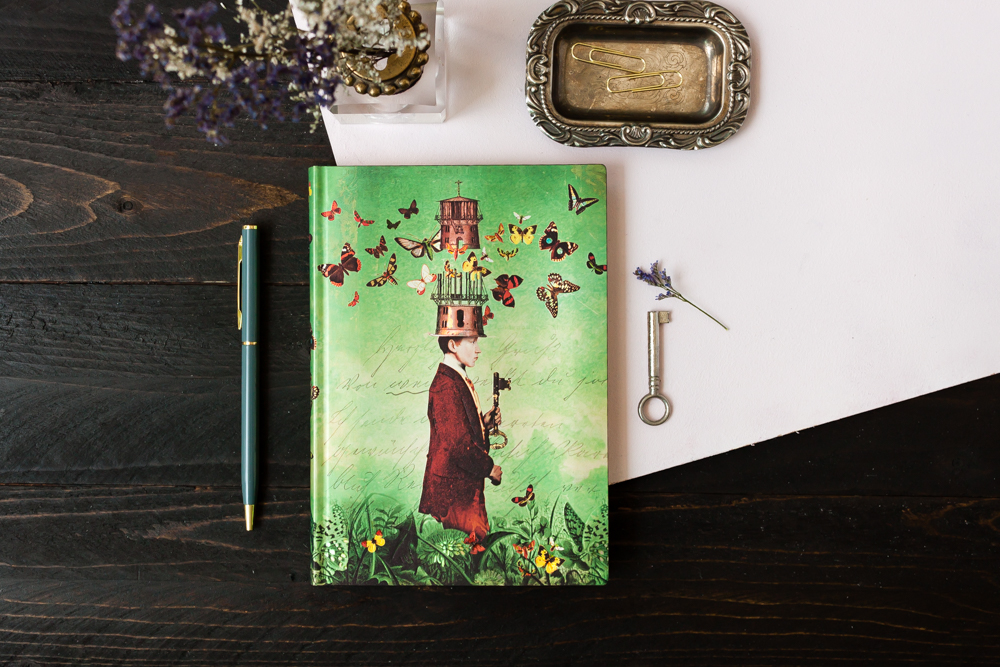
5. How have you found your background in graphic design to have benefited you as an artist?
During my studies I was introduced to the fields of photography, illustration and digital image processing. It gave me a new perspective on the possibilities to visualize ideas and how to transport them into images. Back then I also started to see an image not only out from the aesthetic way, but also about the message behind it. When I started to work as a graphic designer, I developed my computer skills and learned to work with Photoshop, which is now my main software program for digital collaging. Actually I never completely stopped working as a graphic designer completely, because I still do commissioned work and have clients as well.
6. You’ve spoken about your art releasing inner feelings which are often hidden in our daily lives. Is there a particular part to your artwork that you feel embodies this?
A lot of my non-commissioned images are very intuitively done. These are the ones which I begin without having an idea what they are about and how they will look in the end. They can get very surreal and sometimes don’t explain themselves from the beginning.
7. Apart from digital art and design are there any other passions that you like to pursue?
Some years ago I started to learn pottery on the wheel. In contrast to my digital work I very much enjoyed making art with my hands very much. I haven’t done it for a long time now and I would like to refresh my skills again.
8. What would you say are the main influences that you draw on in your work?
My work is very feminine and I often reflect the female nature in my images. They are surreal resulting from collaging pieces of art together. In general my work shows influences of folklore, the medieval period, childhood stories, womanhood and fantasy.
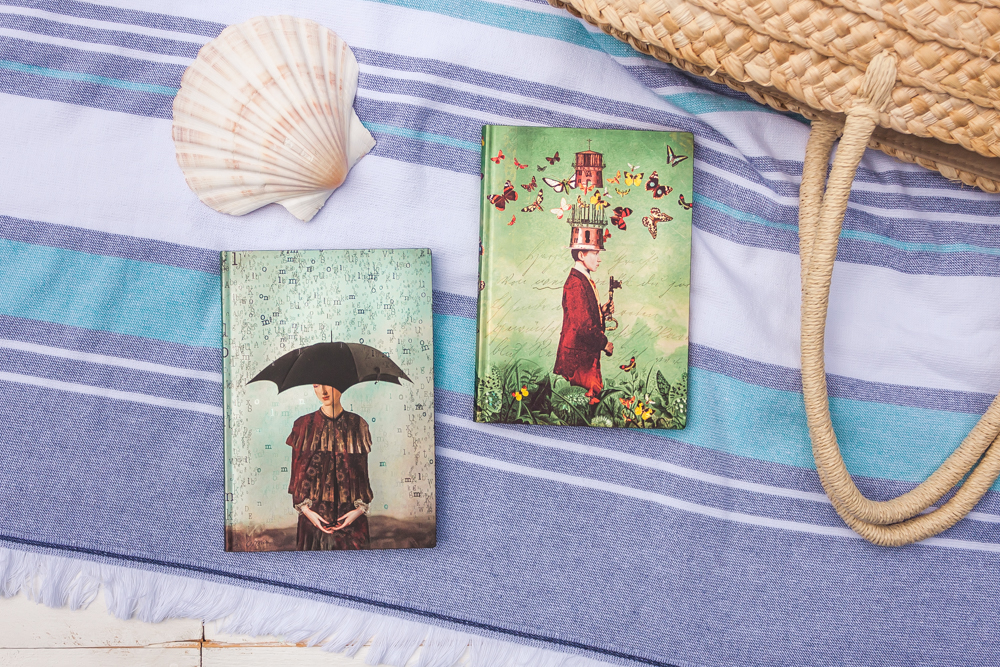
9. What advice would you give to an artist or graphic designer who is starting out?
I‘m not sure if I‘m in any position to give advice. I can only speak from my own experiences. Everybody has to make his own way to become the artist he is supposed to be. Perhaps you have to follow your heart and do what you think is the right path instead of listening too much to others.
10. Do you have any favourite artists or designers that you admire?
If I had to name only one, I would go with Olaf Hajek. His rich colors and wonderful motifs always transport me into another world.
11. What legacy do you hope to leave with your art?
Sometimes I wonder if my images will still be there in 100 years when I’ve been gone for a long time?
Because my work is mostly digital and widespread in the www, there could be a realistic chance for that! I would be happy if my great-grandchildren could see my work and get to know me better, since I sadly know nothing about my ancestors.
12. Any advice for an artist struggling for inspiration?
We all have days when our brain is not creative at all. The difficult thing with creativity is that you can’t switch it on when you like to. It comes and goes. Therefore it is helpful to be ready when creativity comes to you. I try to do creative work every day, just to have my routine and keep on producing.
